魚か鳥か。当サイトのタイトルでありますが、それぞれの領域で観察を続けるなかで、興味深い相違点や特徴に気づいてきました。そこで、様々な観点から「Fish or Bird」を検証するシリーズを投稿していきたいと思います。第一回は同定について考えたいと思います。
同定は、動植物を観察するにあたって避けて通れません。まず、本質的な衝動として名前が知りたい、記録した個体を名無しで放っておくことの居心地の悪さってありますよね。名前を知ることで記憶にも定着しますし、愛着も沸きます。そして、分類学上の位置づけはどうなっているのか、種を跨ぐ繋がりを知ることで生態に対する理解はより深まっていくと思うのです。
Fish or bird. It’s the title of this site, and through continuous observation in each respective domain, I’ve noticed intriguing differences and characteristics. Overhere, I’d like to post a series of “Fish or Bird” from various perspectives. In the first installment, let’s consider “Identification”.
I believe identification is unavoidable activity when observing nature. Firstly, there’s an inherent desire to know names, right? There shall be discomfort in leaving recorded individuals nameless. Knowing names helps them stick in memory and fosters attachment. Furthermore, understanding their taxonomic position and inter-species connections deepens ecological comprehension.
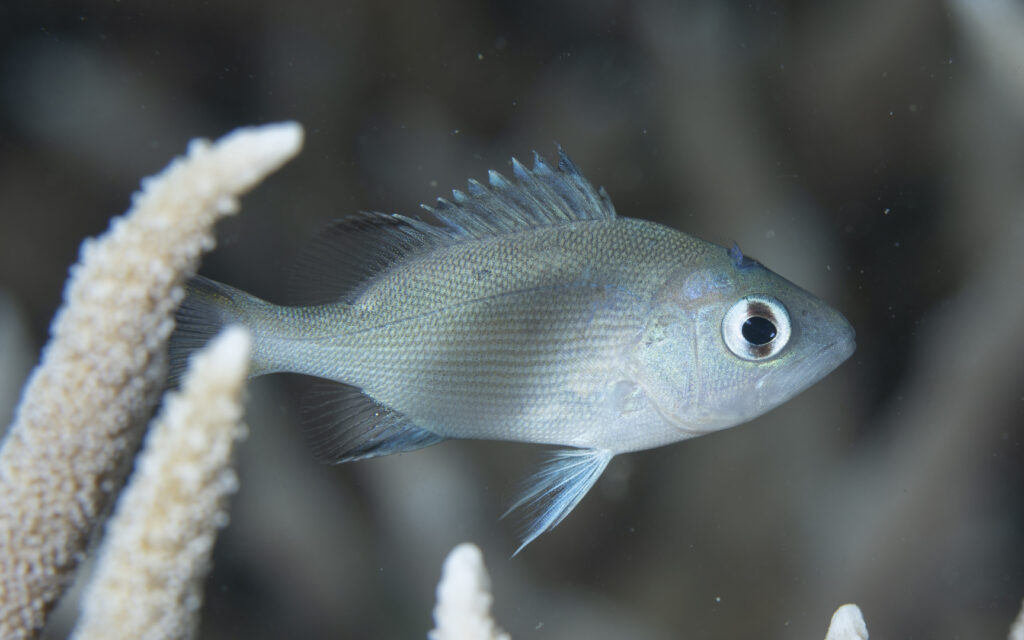
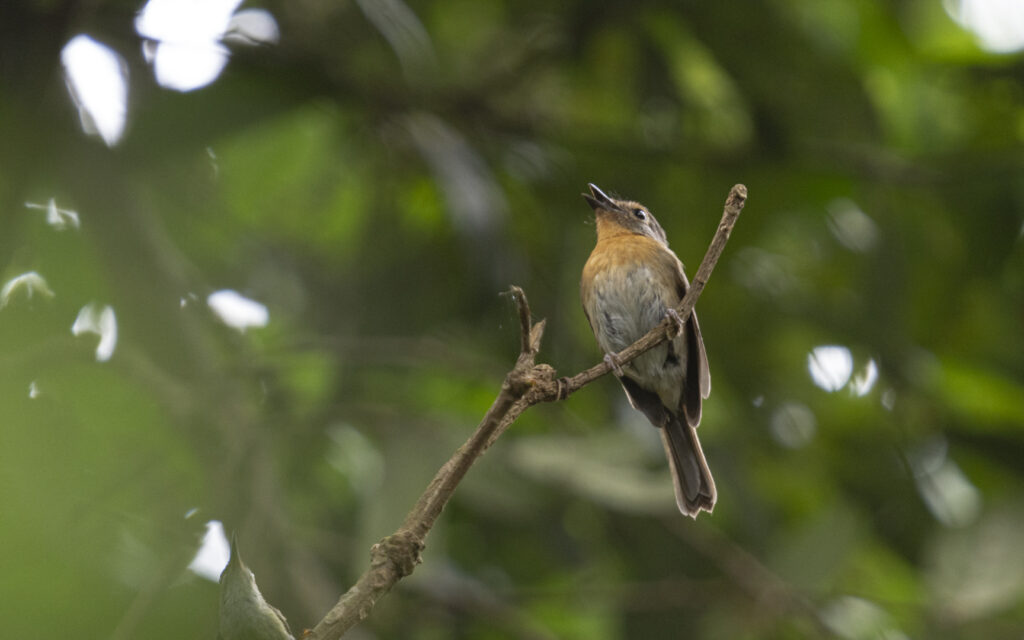
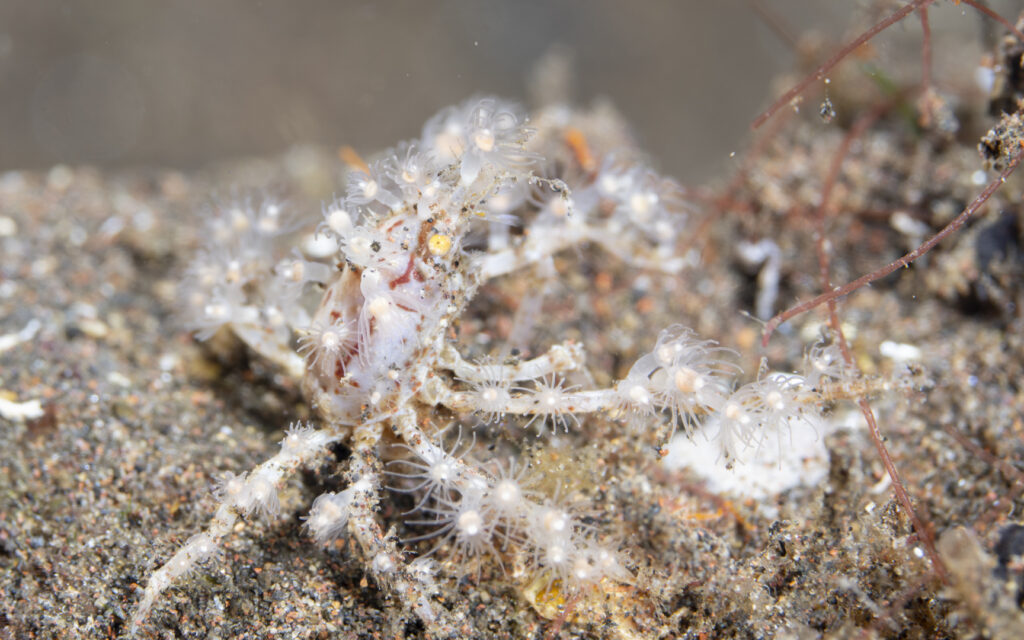
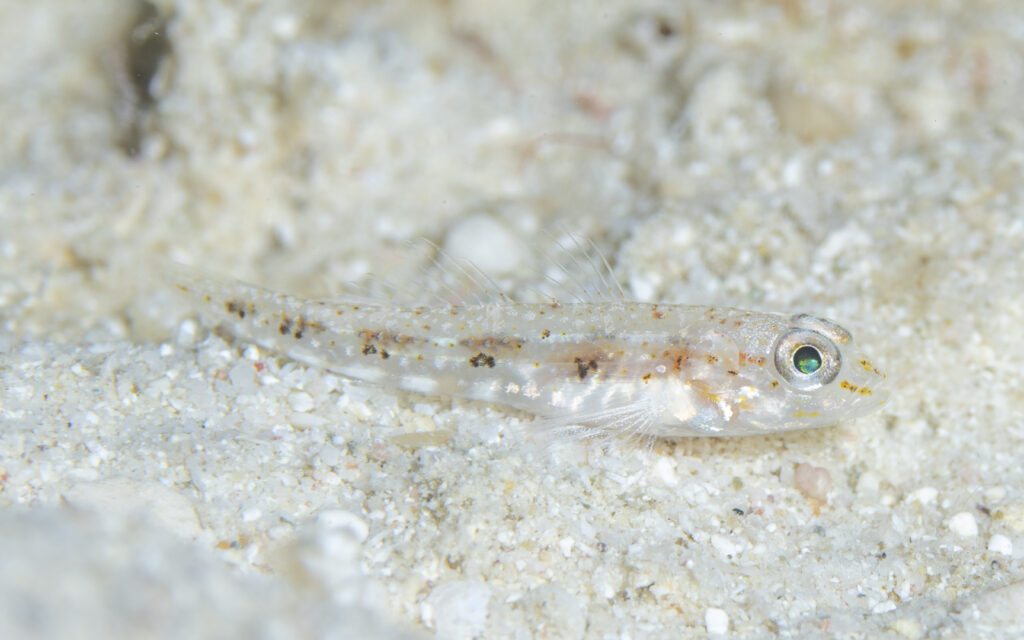
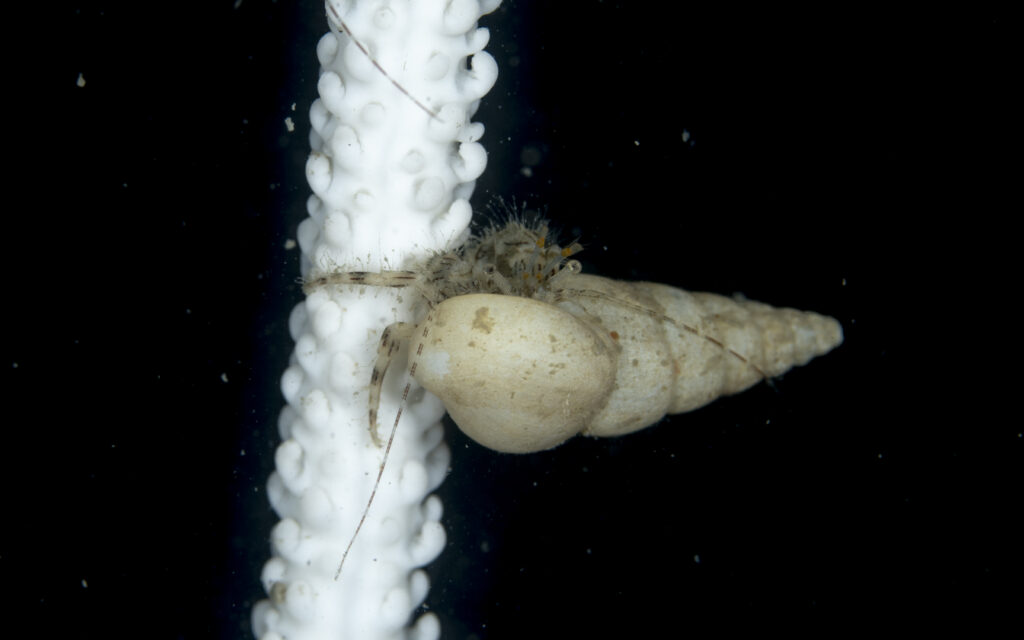
Who are you guys?
Identification Process – Fish vs. Bird
では魚と鳥。情報を得やすいのは圧倒的に鳥類です。同定にかかる時間は事実として100倍以上の差があるのではないかと思います。大袈裟ではありません。プロセスはどのように違うでしょうか。
まず、魚類もしくは水中生物の同定をしようとするとき、真っ先に手に取るのは「図鑑」です。全体的な形状、雰囲気から科や属を絞り込み、さらに模様や鰭の形状を細かく見比べて同定に当たりをつけます。その上で、生息地域、環境や水深から確からしさを検証します。Web上に情報が溢れる現代において、印刷物を頼る理由は、信頼性できる良質な生体写真を参照するためです。
水中生物を「自然に」撮影するのは容易ではありません。適切なライティングとなるようストロボを調整し、露出とWBに地上の何倍も気を遣って撮影します。さらに同定に必要な特徴がきちんと記録されて図鑑写真となるのです。鰭全開の写真をとることが如何に難しいか、珊瑚から全身を出した瞬間が如何に貴重か。どんなにアーティスティックであっても、かわいらしい正面顔であっても、残念ながら同定には要をなさないでしょう。どういった瞬間をどのように撮影すればよいのか、そういった生態知識を踏まえて撮影された図鑑写真は、プロフェッショナルの仕事の賜物なのです。
Now, fish vs. birds. In conclusion, bird identification is significantly easier, with effort being over hundred times less than fish. This is due to the incomparable ease of accessing information.
When attempting to identify fish, the first thing you reach for is a field guide or identification book. Different species are distinguished by intricate patterns or fin shapes, and verifying identification requires information about habitat and depth. Despite the abundance of online information, why rely on printed material in this era? It’s about reliability. Also, high-quality photographs for identification. Capturing underwater species with natural appearence is already challenging. Adjusting strobe lighting for appropriate exposure and white balance is crucial, often requiring more attention than shooting on land. Additionally, features necessary for identification must be accurately recorded as a field guide photo. No matter how artistic or cute a frontal face may be, it doesn’t contribute to identification. Field guide photos, backed by ecological knowledge, are the result of professional work.









All of them are belong to Eviota of Gobiidae but all are different species with slight difference sometime
一方、鳥といえば、Web上に非常に良質な情報が纏まっています。例えばSingaporeの鳥類の情報はBird Society of Singaporeが運営するsingaporebird.comを参照できます。ページ数の関係から図鑑では網羅しきれないマイナーな種、最新になって渡来するようになった種、種名の変更などのアップデートが、一流の写真とともに掲載されています。また、Cornell Lab of Ornithologyが運営するeBirdは全世界を網羅する鳥類のデータベースであり、写真だけでなく、動画や音声まで収録されています。音声に特化したサイトも存在しており、予め目的の鳥たちの鳴き声を頭に叩き込んで探鳥にいくことができます。こうした様々な方面から情報が綿密に組織立って管理されてるのです。私たち利用者はその恩恵に簡単にあやかれますし、観察した種のチェックリストをサイトに提出するなどして管理に貢献することも可能です。
そしてさらにAIが発展した現在において、最も強力な同定ツールは実はGoogleです。Google Lensに撮影した写真をスクリーンショットして検索してください。たちまち素晴らしい精度で種名を言い当ててくれます。似たようなサービスが専門アプリMerlinでありますが、探鳥地や日付の情報を与えてやる必要があります。Googleは写真だけで同定が完了する革命的なツールといえます。
On the other hand, when it comes to birds, there is a wealth of high-quality information gathered online. For example, information on birds in Singapore can be found at singaporebird.com, operated by the Bird Society of Singapore. This site includes updates on minor species not covered in field guides due to page limitations, or newly arriving species, and changes in species names, all accompanied by top-notch photographs. With this resource, there are few birds in Singapore that cannot be identified. Additionally, eBird, operated by the Cornell Lab of Ornithology, is a global database of bird species that includes not only photos but also videos and audio recordings. There are also sites specialized in bird sounds, allowing you to familiarize yourself with the calls of target birds before going birdwatching. Information from various sources like these is meticulously organized and managed. We as users can easily benefit from this and even able to contribute to management by submitting checklists of observed species to these sites.
Furthermore, in the current era of advanced AI, the most powerful identification tool is actually Google. Screenshot a taken photo, paste it on Google Lens and search, then it will quickly and accurately identify the species. While similar services exist, such as the specialized app called Merlin, which requires inputting birding location and date, Google is a revolutionary tool that completes identification with just a photo.
The Source of difference
こうした違いはなぜ生じているのでしょうか?観察者・観察頻度・観察対象の3つの要素を切り口として考えてみたいと思います。
まずは観察者、BirderとFishwatcherでは圧倒的な人口差あるのは想像に難くありません。散歩感覚で探鳥はできますが、水中にはそうは簡単にアクセスできません。日常からの距離が遠いのです。現に、米国においてBirderが4500万人に対してDiverは250万人だそうです。その中でも、真剣に水中観察をするFishwatcherは半数にも満たないでしょう。この時点で数十倍の規模の差があります。
さらに観察頻度を考慮に入れれば、そのオーダーは数百倍となるはずです。Diverとして年に100本潜るのは上位10%程度でしょうか。つまり真剣な観察者であっても年に100時間程度の活動しか行っていないわけです。一方、週末に1回2時間程度の観察をするBirderはさほど珍しくはないかと思います。
総体としての観察時間を考えた時にこのような差があるうえで、さらに時を遡ってみると、趣味としての野鳥観察が18世紀にはもう萌芽しつつあり、少なくとも100年前には花開いていたのに対して、スキューバダイビングがレジャーとして発展したのは戦後です。そして観察の大きな手助けとなるカメラを水中に持ち込むようになったのはほんの50年の話のようです。
最後に追い打ちとして観察対象の種数は魚類3万種に対して鳥類1万種です。もう埋めがたい差になってしまいました。
Why do these differences arise? Let’s consider three factors: observers, frequency, and subjects.
Firstly, consider the observers. It’s not hard to imagine the overwhelming difference in population between birders and fish watchers. Birdwatching can be done casually, but accessing underwater environments is not as straightforward. There’s a considerable distance from everyday life. In the United States, for instance, there are reportedly 45 million birders compared to 2.5 million divers. Even among them, serious fish watchers are likely less than half. This already presents a significant disparity.
Considering observation frequency, the gap is likely to be hundreds of times larger. Divers who dive a hundred times a year are probably in the top 10%, whereas birders who observe for about two hours once a weekend shall not be uncommon.
Considering the overall observation time difference, and looking back in time, birdwatching as a hobby began to emerge in the 18th century and blossomed at least a hundred years ago, while scuba diving as a leisure activity developed after World War II. It’s only been around 50 years since cameras, which greatly aid observation, became common underwater equipment.
Finally, adding to the differences is the number of species observed: there are about 30,000 fish species compared to around 10,000 bird species. The gap has become insurmountable.
Further Difference or Just a Complaint
種と亜種の区分けについて。細かいことはよくわかりませんが、鳥類の同定をしていて、魚類だったら種として区別されそうなものが亜種の違いとされている状況に時折出くわします。魚類の分類は詳細に及び過ぎてはいるのかもしれません。もしくは海の生物たちの多様性は比べようもなく複雑なのかもしれません。
魚類として和名がつけられているのは基本的に国内で観察される、もしくは流通する種であるかと思います。一方、鳥類は基本的には国外の鳥たちも含めておよそ9千種以上のすべてに標準和名が割り当ており、世界鳥類和名辞典が編纂されています。これは凄まじいことであると思います。この途方もない労力を費やすことを決断した鳥学の先人たちの歴史については、是非とも調べてみたいなと思いますが、それに比べて魚類の方はいささかペースが遅すぎやしませんか?
和名について述べましたが、英名もひどい状況です。いやさらに深刻であるといった方がいいかもしれません。つまり魚類においては、参照する情報によって同一の種に異なる名称がつけされているケースが多すぎるのです。当サイトが学名を英名よりも優先させて表示しているのは、そういった理由があります。正直それは鳥類では不要な考慮であり、参照の利便性をある意味で損なう結果となってしまっているようにも思います。
Regarding the classification of species and subspecies, while I’m not entirely sure about the details, there are occasions in bird identification where what would likely be considered different species in fish identification is classified as differences between subspecies. Or perhaps the diversity of marine life is simply incomparably complex.
Fish species with Japanese names are basically those observed or traded domestically. On the other hand, birds are assigned standard Japanese names to over 9,000 species, including birds from abroad, and the World Bird Names Dictionary has been compiled. I think this is remarkable. I’d love to research the history of ornithology pioneers who made such tremendous efforts. Compared to that, isn’t the pace of progress in ichthyology somewhat slow?
We mentioned Japanese names, but the situation with English names is equally dire—perhaps even more serious. In other words, there are far too many cases where different names are assigned to the same species depending on the reference material. The reason this site prioritizes scientific names over English names is precisely because of this. Frankly, it’s unnecessary for birds, and I feel it actually compromises the convenience of reference when it comes to bird species.
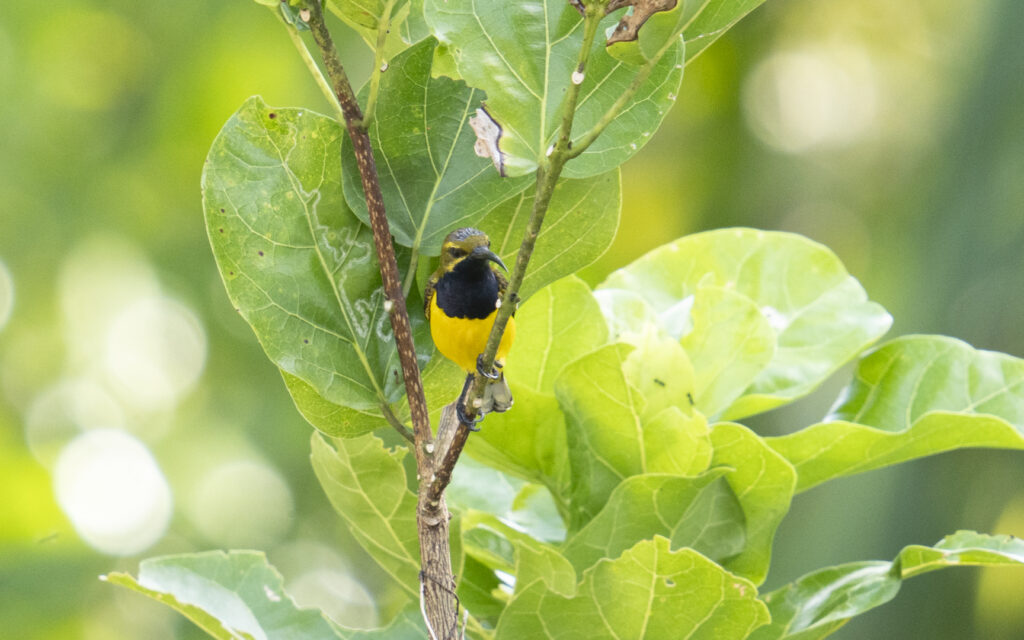
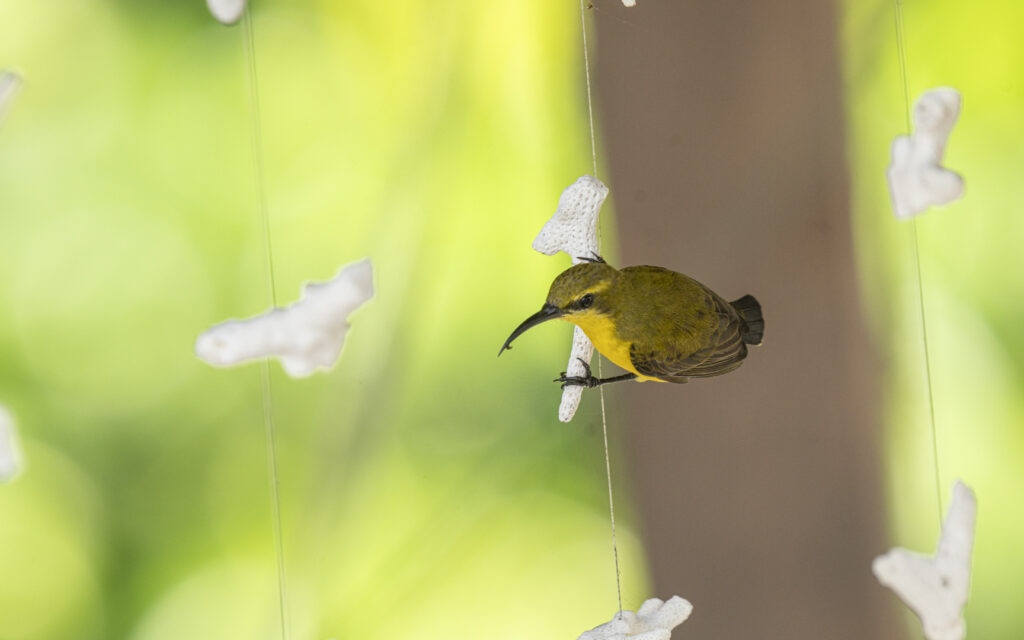
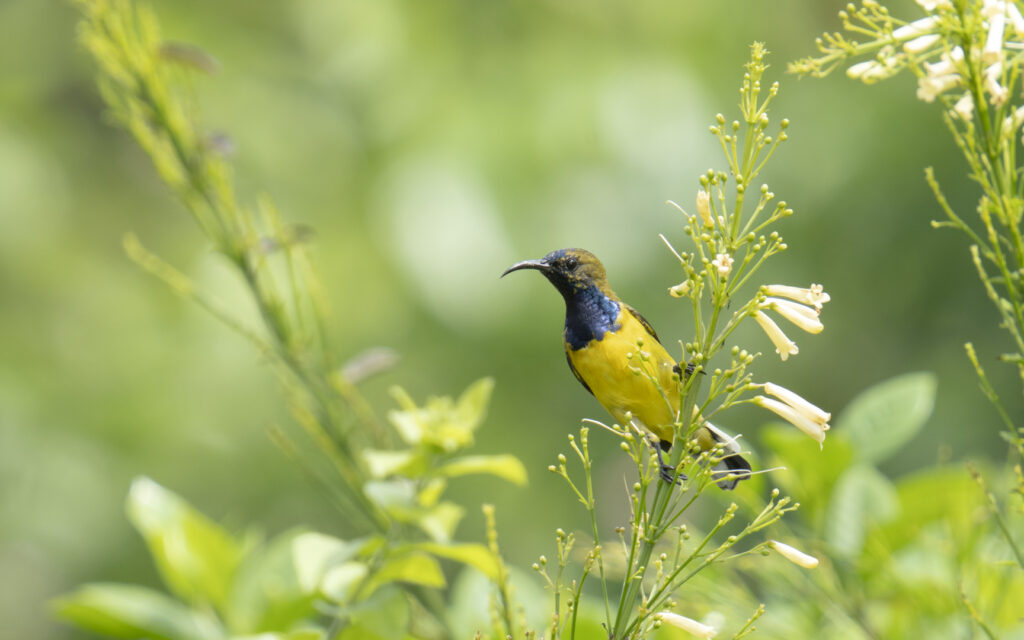
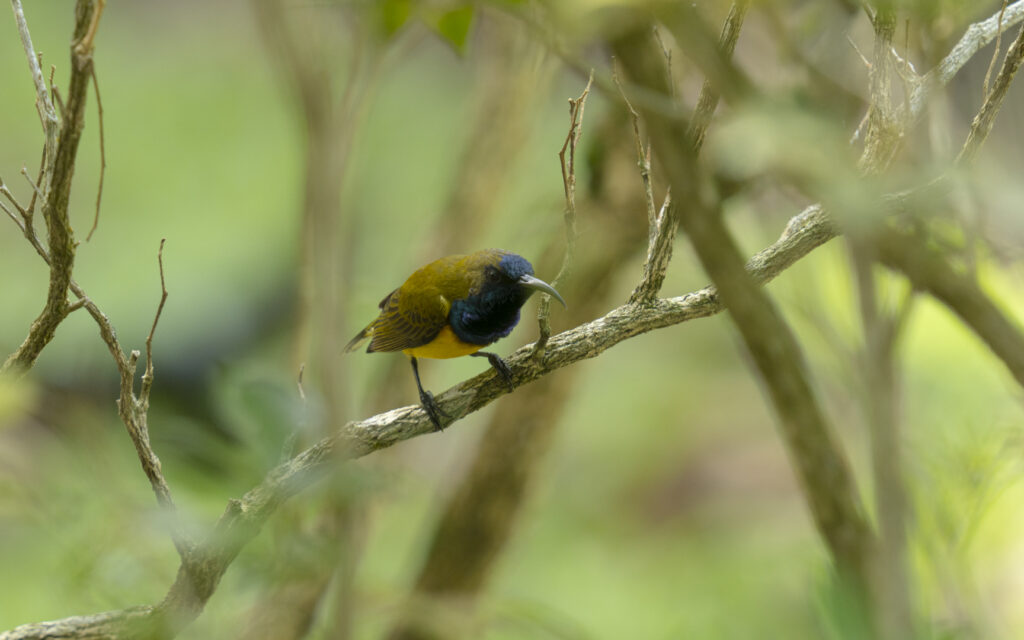
All looks like same species but first Two are Sahul Sunbird’s male and female in Raja Ampat area.
The last two are Ornate sunbird male in Singapore. Ornate sunbird is previously considered as subspecies of Olive-backed sunbird,
which is recently separated as independent species.
The Key shall be Citizen Science
以上、全体に亘って魚類にエールを送る(?)内容になってしまいましたが、それでも一部のダイバーたちの分類学への市民科学的貢献には目を見張るものがあるように思います。例えば日本では、ダイバーやインストラクターが観察個体の情報を提供するのみならず、データベースを管理するまでに及び、魚類資料データベースとして纏められています。残念ながら、その情報が古くなってしまっており、参照に堪える状況では徐々になくなりつつあるように思いますが、取り組みとしては素晴らしいものがあるように思います。
自然観察の領域については、市民科学的にアマチュアを含めたBirderしかりFishwatcherが総体として貢献するのが、発展を推し進める鍵であり、それを受け入れる文化の形成に圧倒的に成功しているのが鳥学であろうかかと思います。eBridを全動植物にまで広げたiNaturalistがありますが、私としてはやはり魚類に特化した素晴らしいユーザインタフェースを備えた敷居の低いプラットフォームが形成されることを切に望む次第です。
In conclusion, while this discussion seems to lean towards encouraging fish watchers to put in a bit more effort, there’s still something remarkable about the citizen science contributions of some divers to taxonomy. They not only provide information but also compile it into fish database. Unfortunately, the information is becoming outdated, and it seems to be gradually disappearing from reference-worthy status. However, as an endeavor, obviously it’s wonderful.
In the field of nature observation, the key to advancing development lies in the collective contribution of amateur birders and fish watchers, and ornithology seems to have overwhelmingly succeeded in forming a culture that accepts this. There’s iNaturalist, which has expanded eBird to include all living organisms, but personally, I earnestly hope for the formation of a user-friendly platform specifically tailored for fish, with a fantastic user interface.